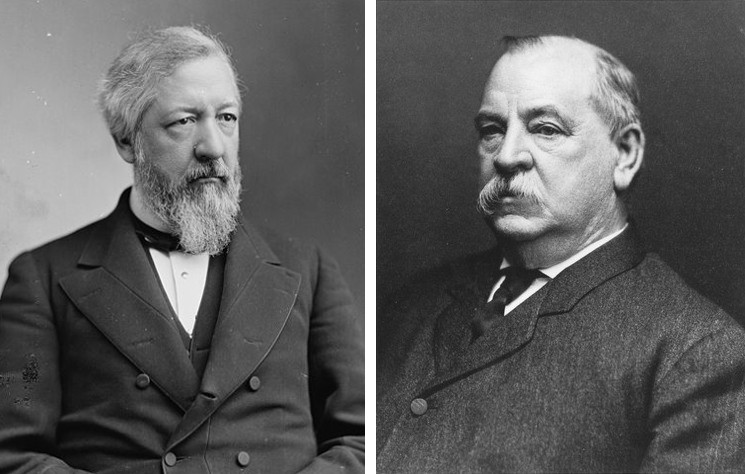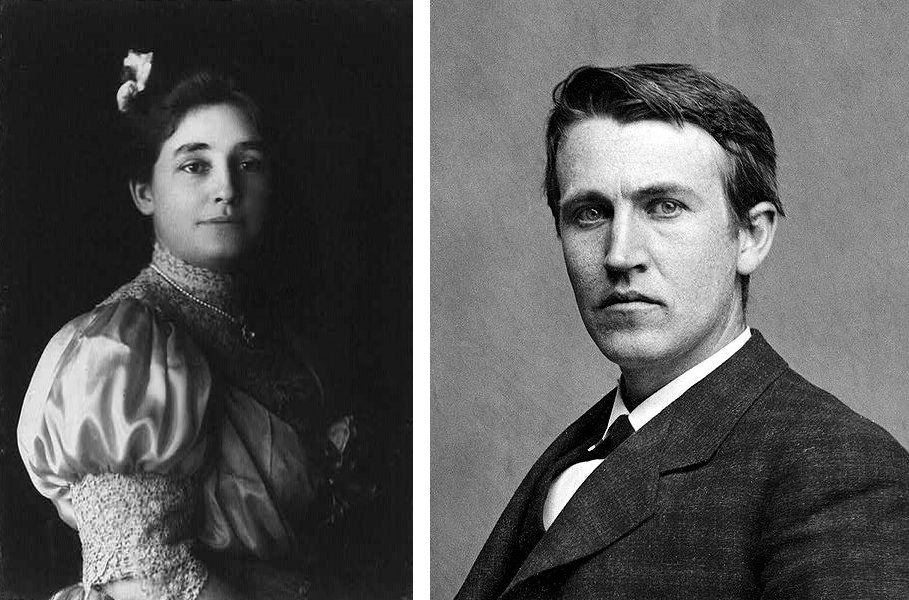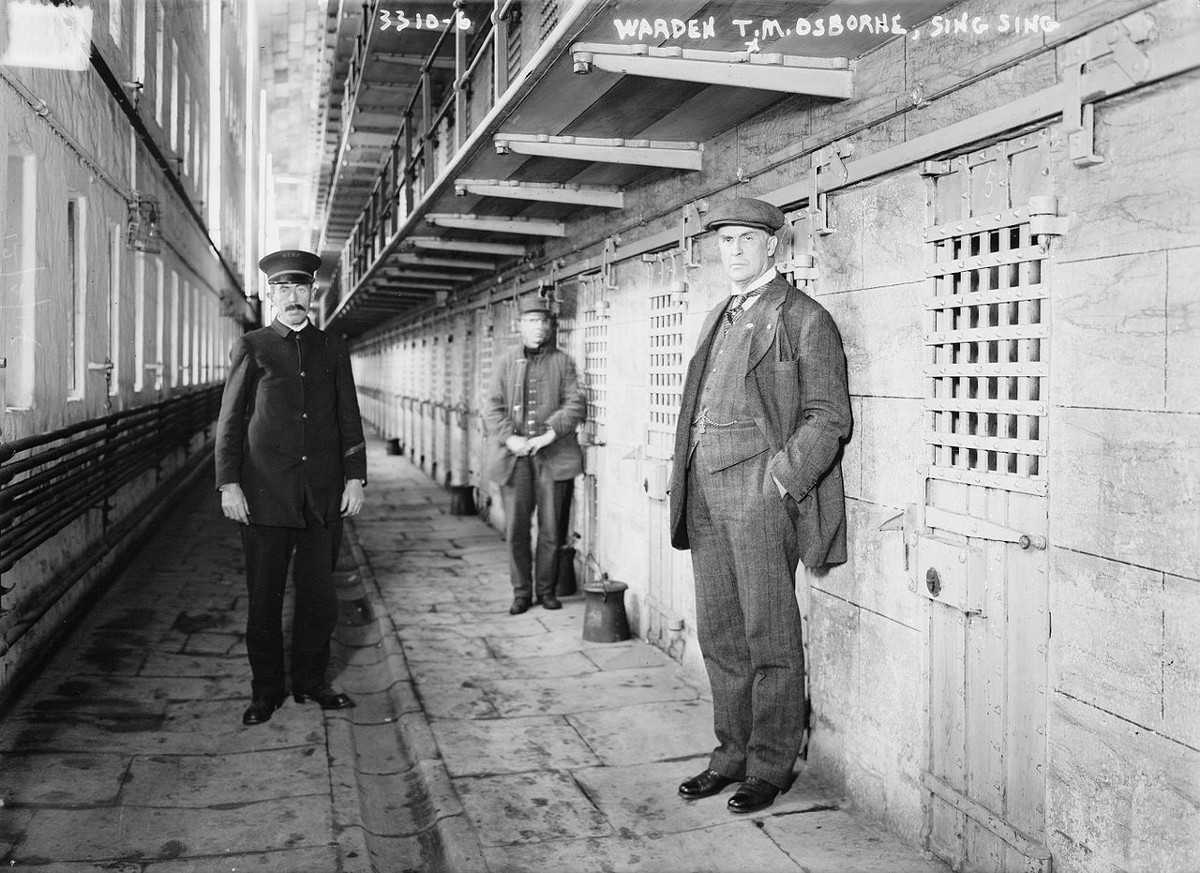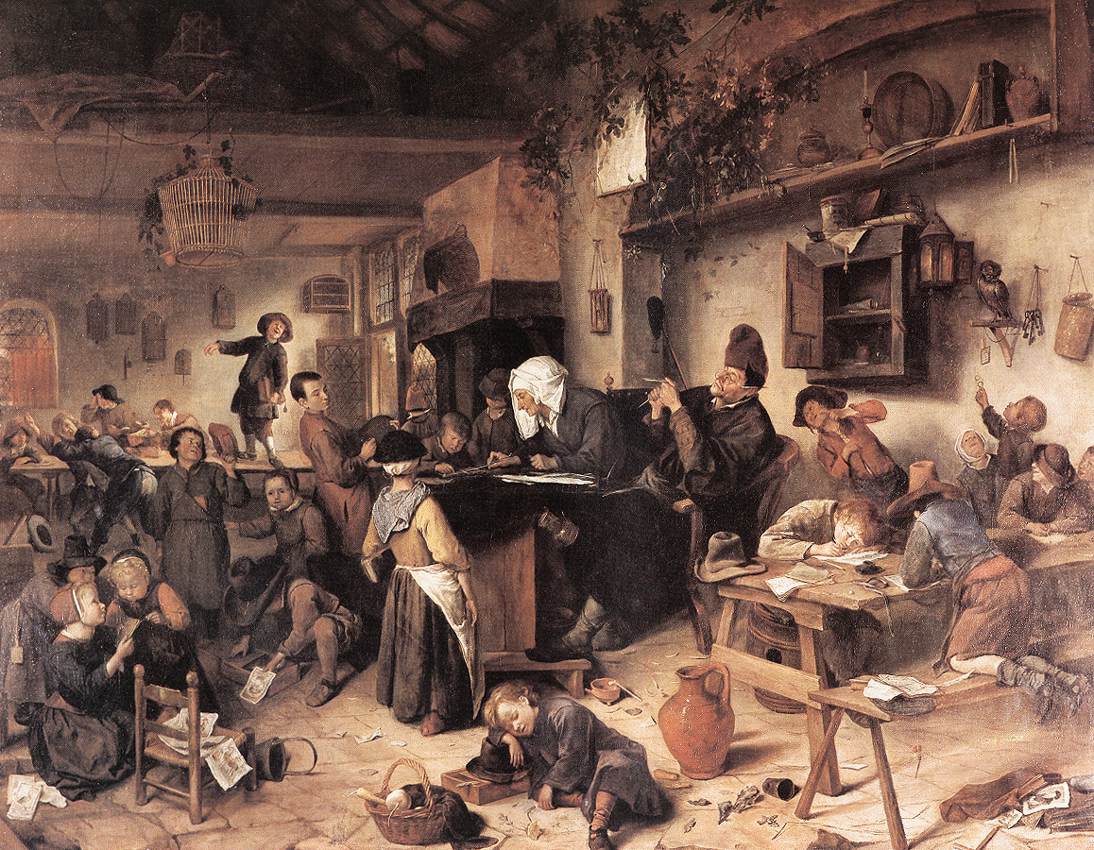
In the 1970s, Italian economic historian Carlo M. Cipolla circulated an essay among his friends titled “The Basic Laws of Human Stupidity.” He listed five fundamental laws:
- Always and inevitably everyone underestimates the number of stupid individuals in circulation.
- The probability that a certain person will be stupid is independent of any other characteristic of that person.
- A stupid person is a person who causes losses to another person or to a group of persons while himself deriving no gain and even possibly incurring losses.
- Non-stupid people always underestimate the damaging power of stupid individuals. In particular, non-stupid people constantly forget that at all times and places and under any circumstances to deal and/or associate with stupid people always turns out to be a costly mistake.
- A stupid person is the most dangerous type of person.
The diagram above elaborates the third law. Intelligent people contribute to society and themselves benefit by this. Helpless people make contributions but are victimized in return. Bandits seek to help themselves, even if this means harming those around them. And stupid people harm both themselves and others. This makes stupid people even more pernicious than bandits: While a bandit’s behavior is at least comprehensible, “you have no rational way of telling if and when and how and why the stupid creature attacks. When confronted with a stupid individual you are completely at his mercy.”
The full essay is here. “Our daily life is mostly made of cases in which we lose money and/or time and/or energy and/or appetite, cheerfulness and good health because of the improbable action of some preposterous creature who has nothing to gain and indeed gains nothing from causing us embarrassment, difficulties or harm,” Cipolla writes. “Nobody knows, understands or can possibly explain why that preposterous creature does what he does. In fact there is no explanation — or better, there is only one explanation: the person in question is stupid.”









